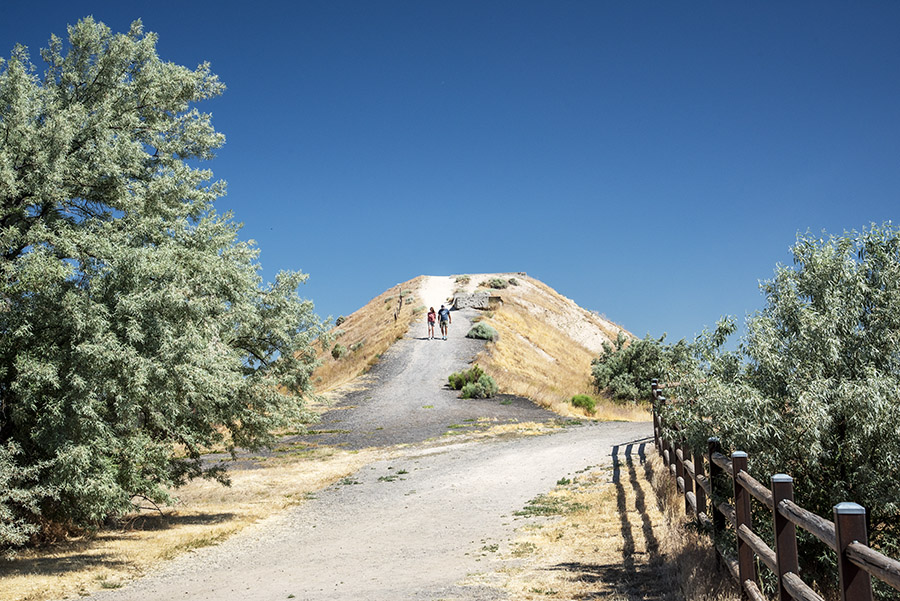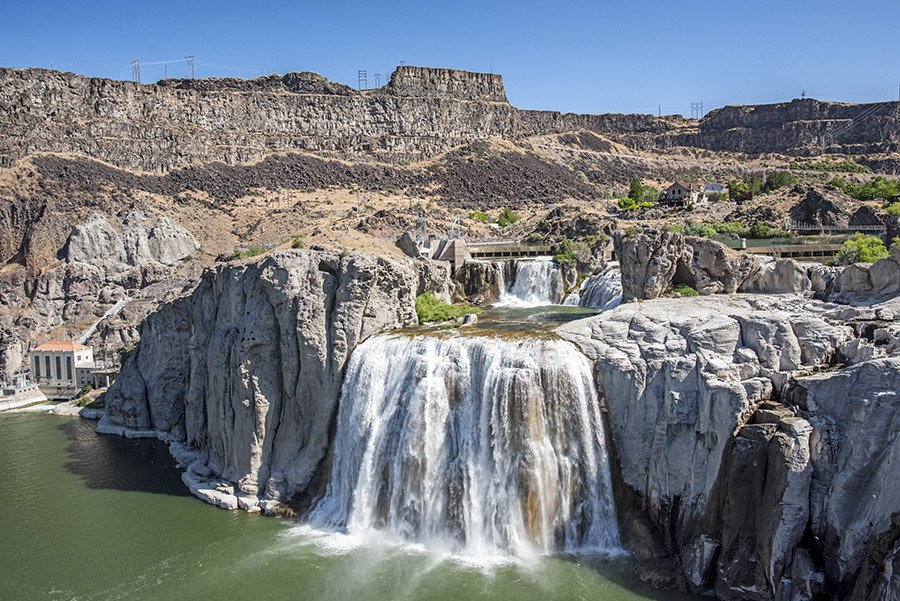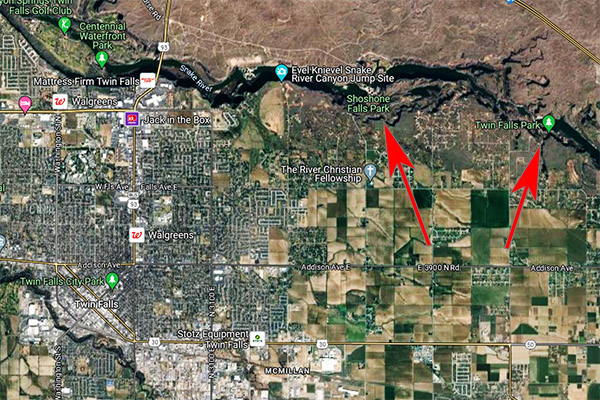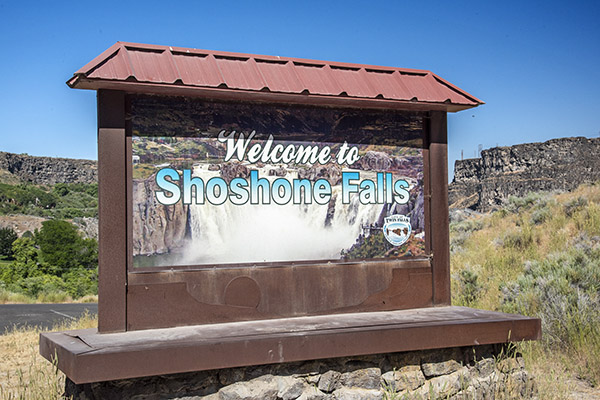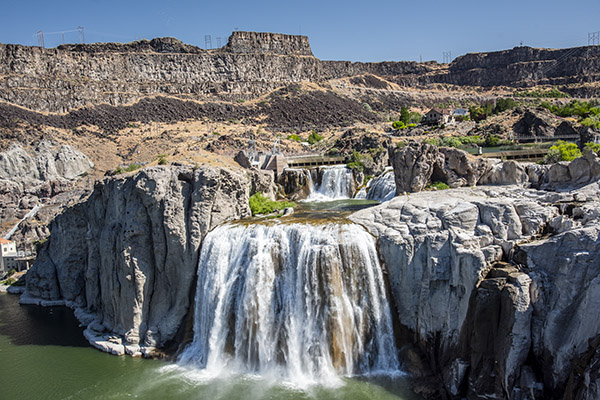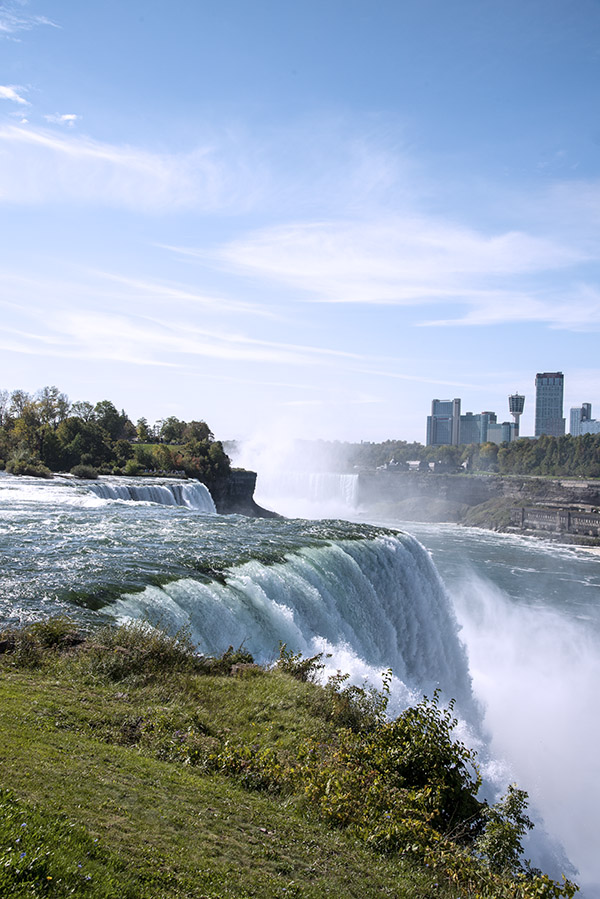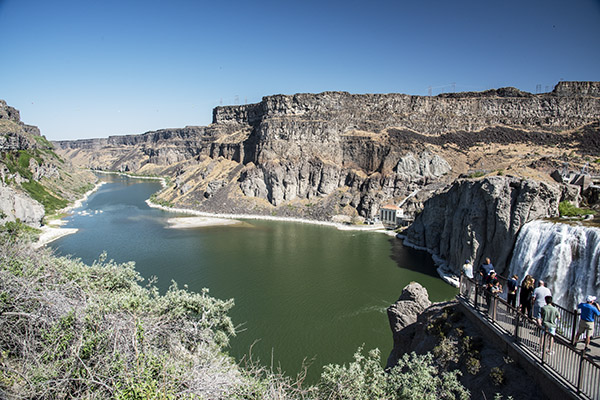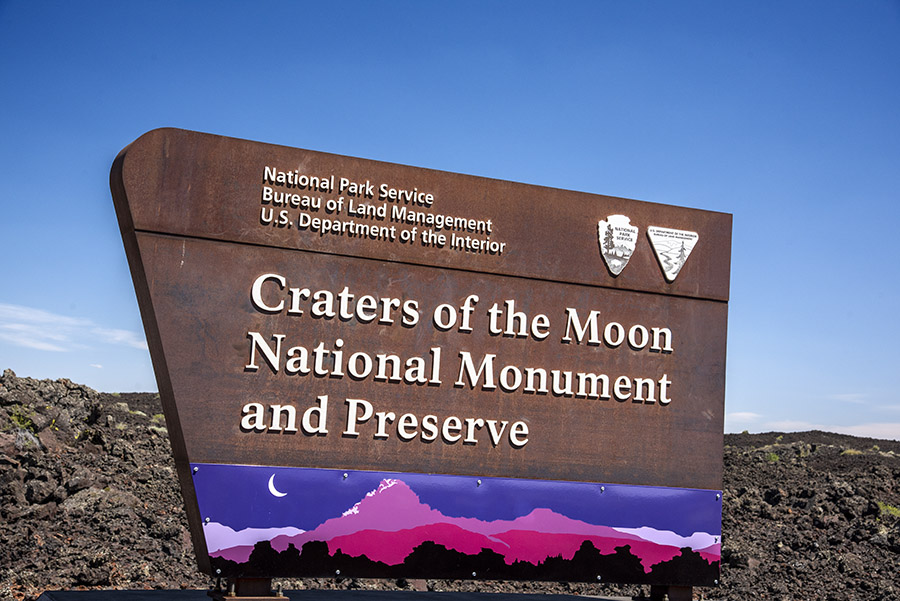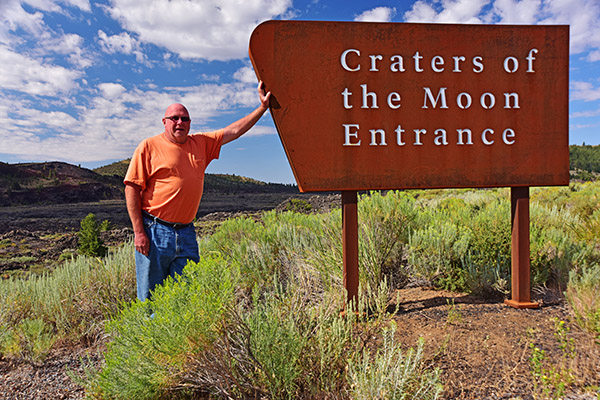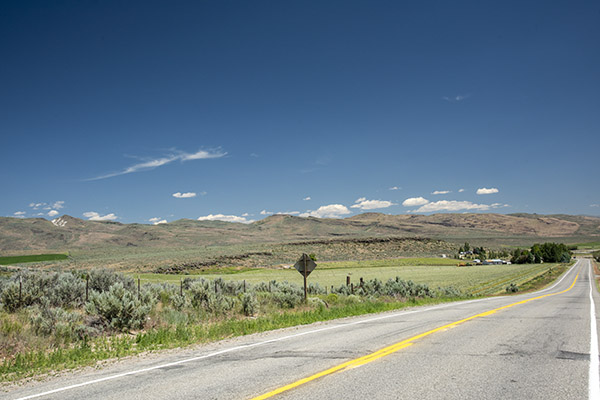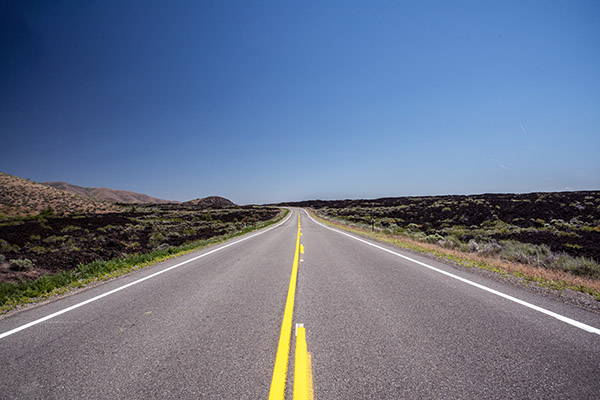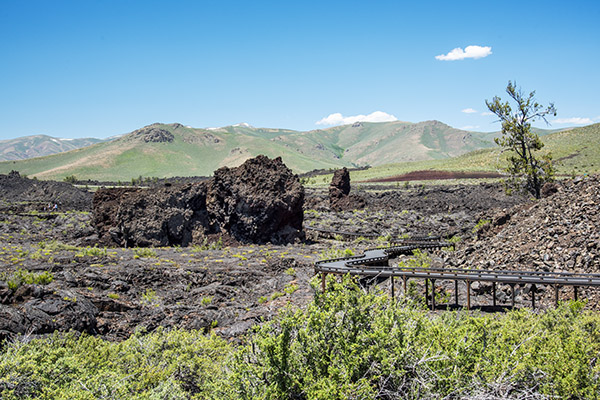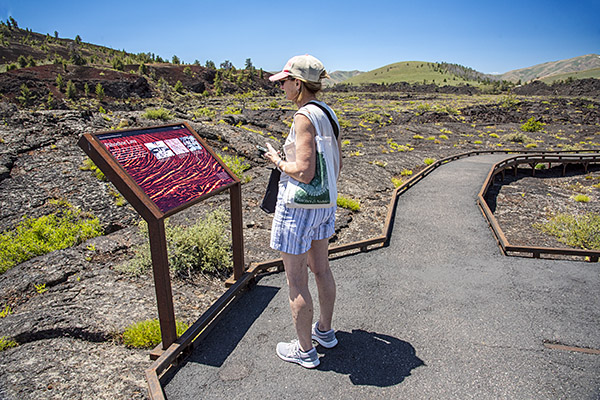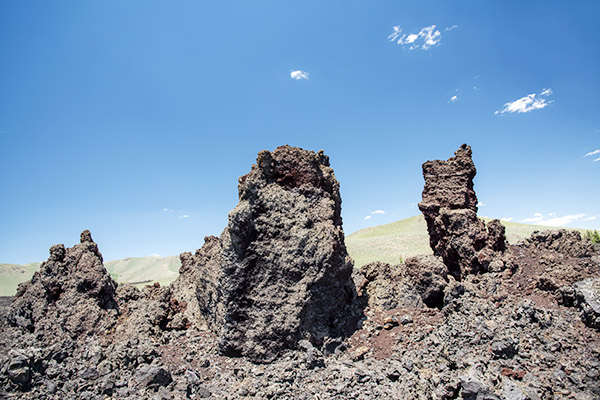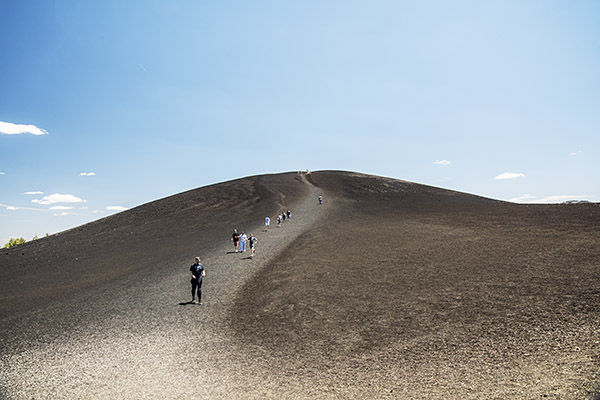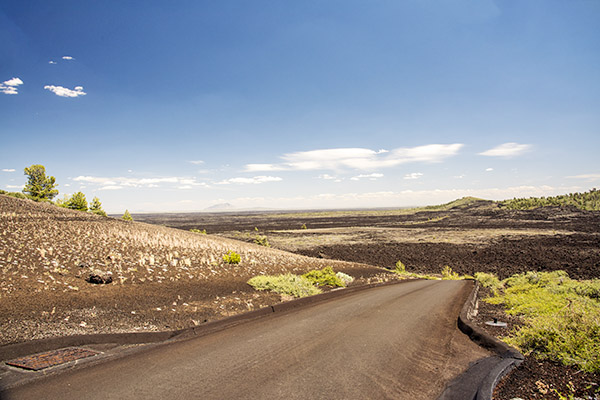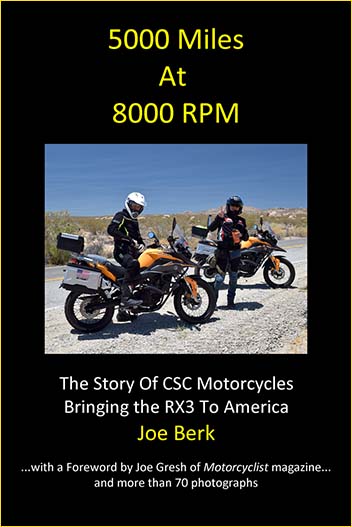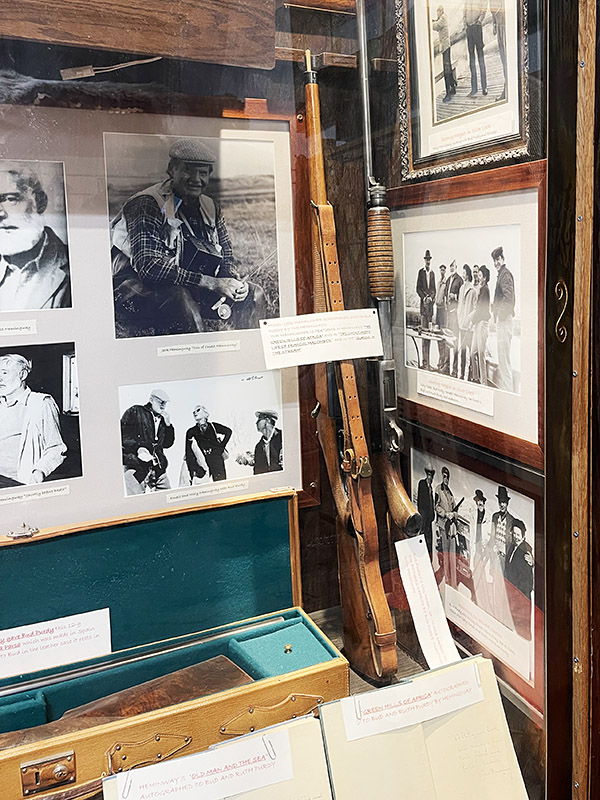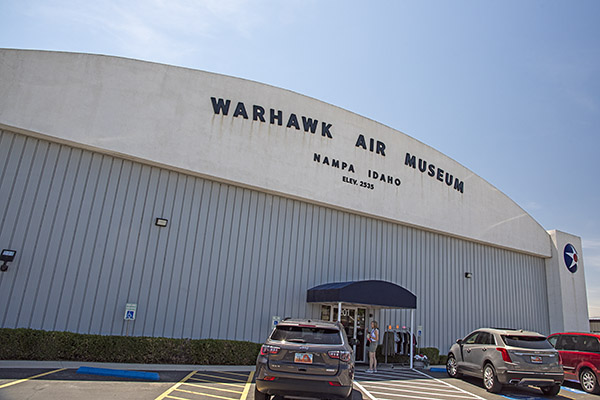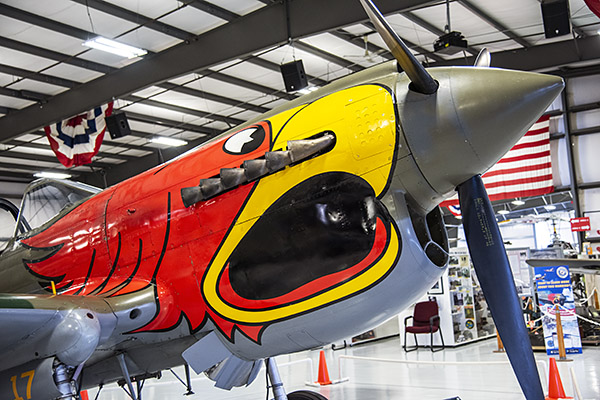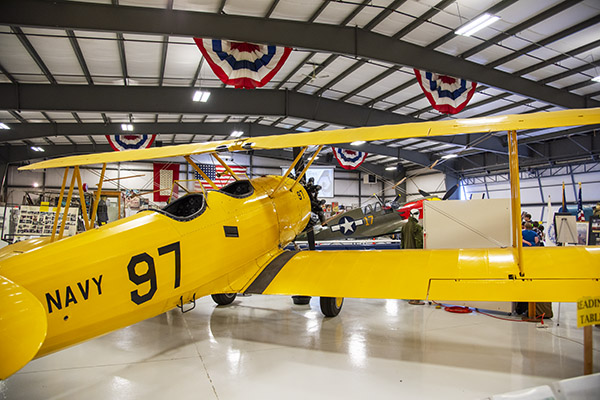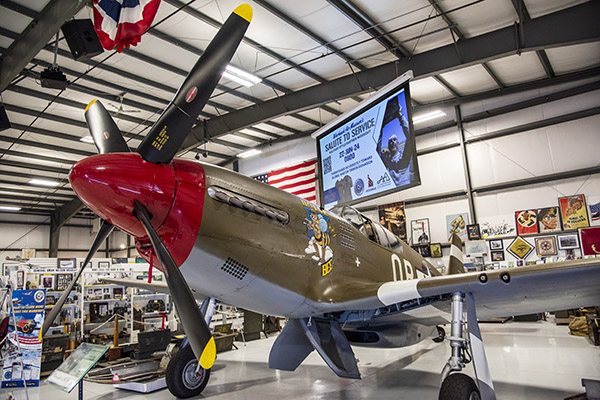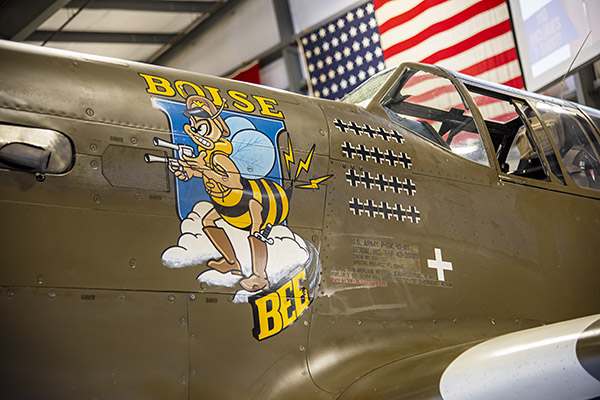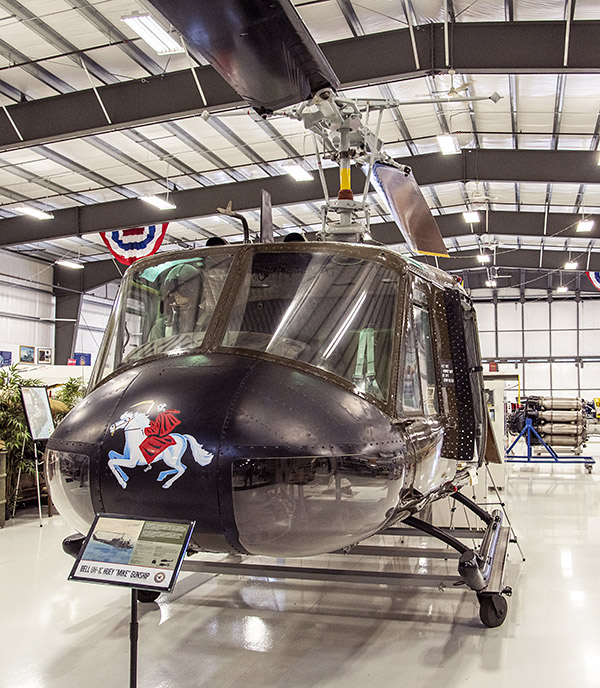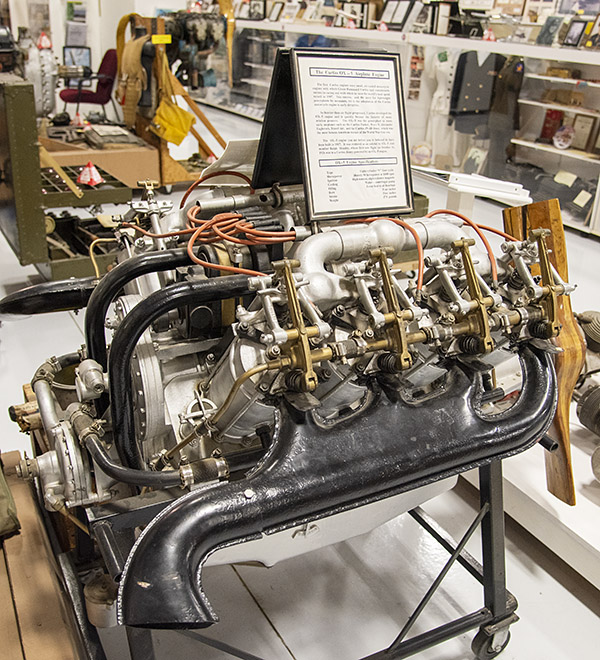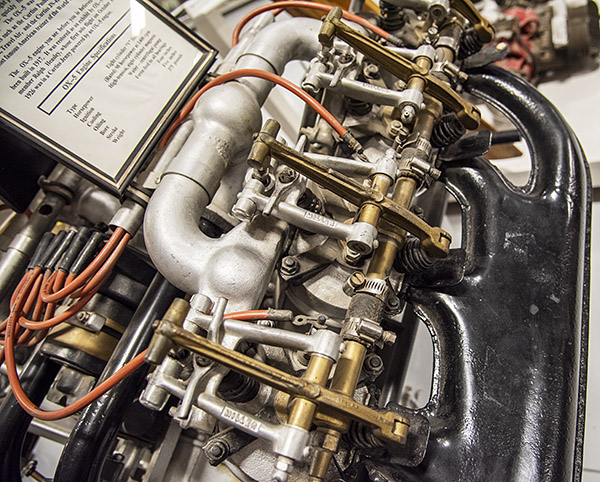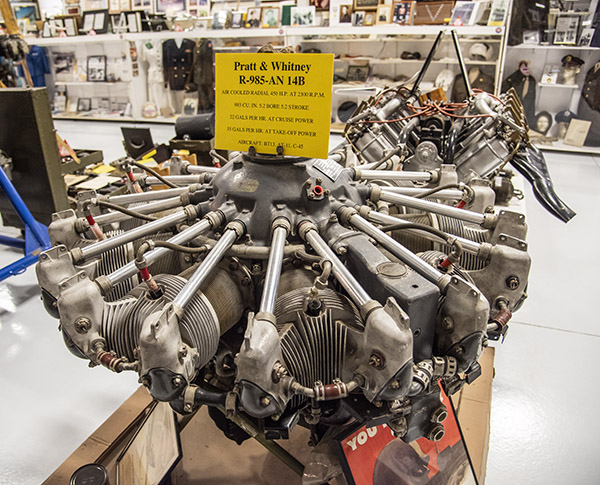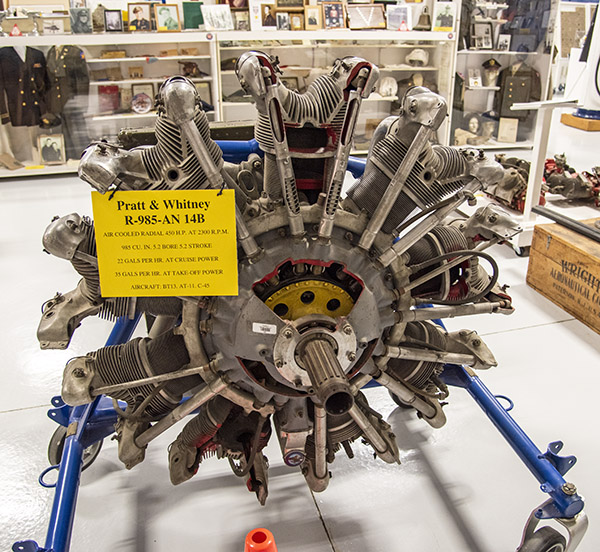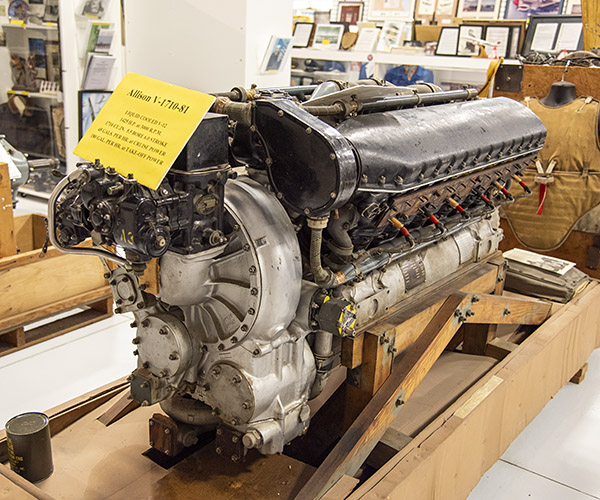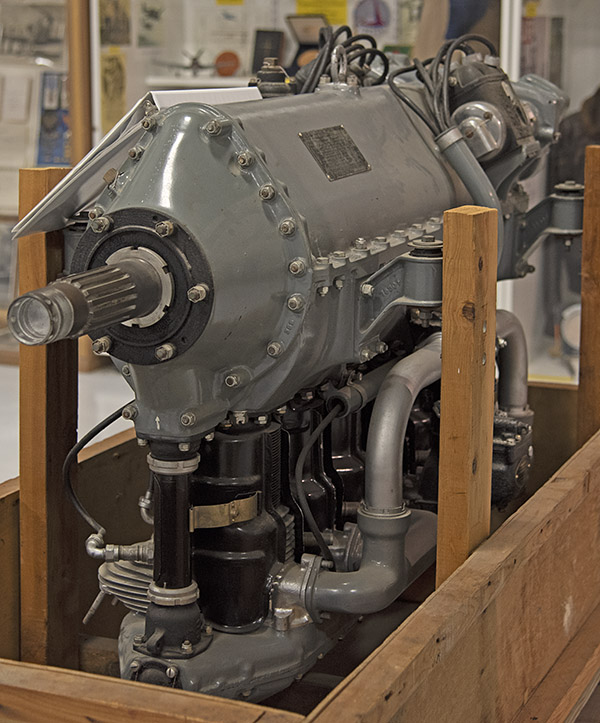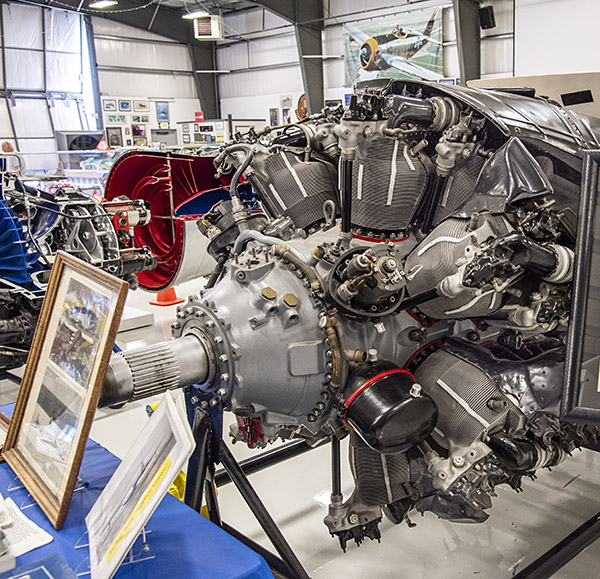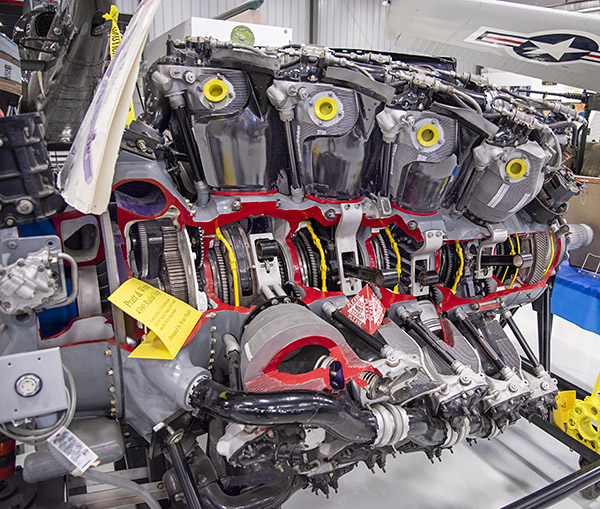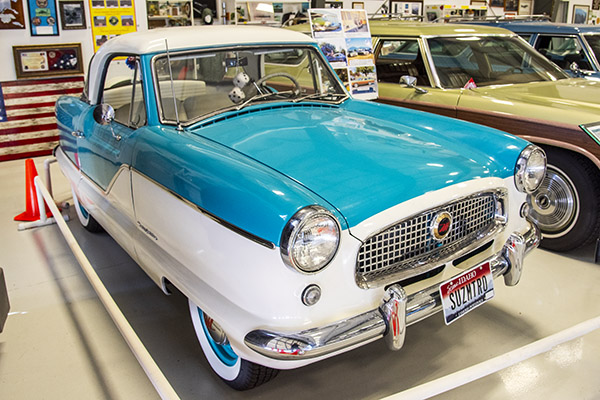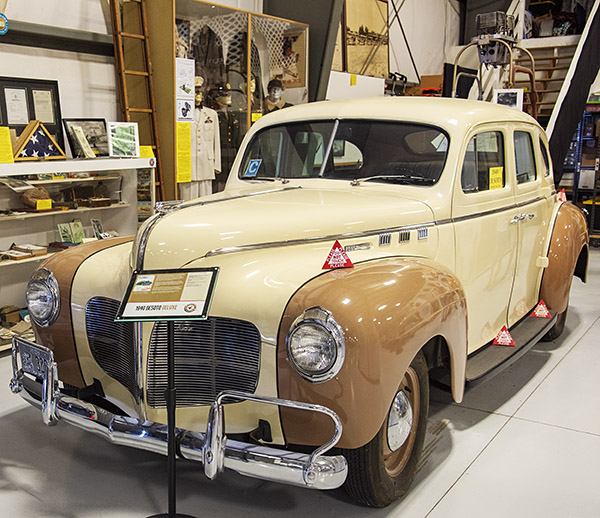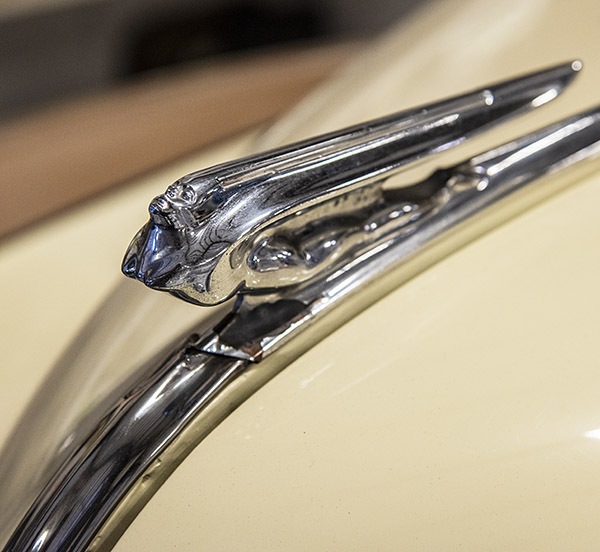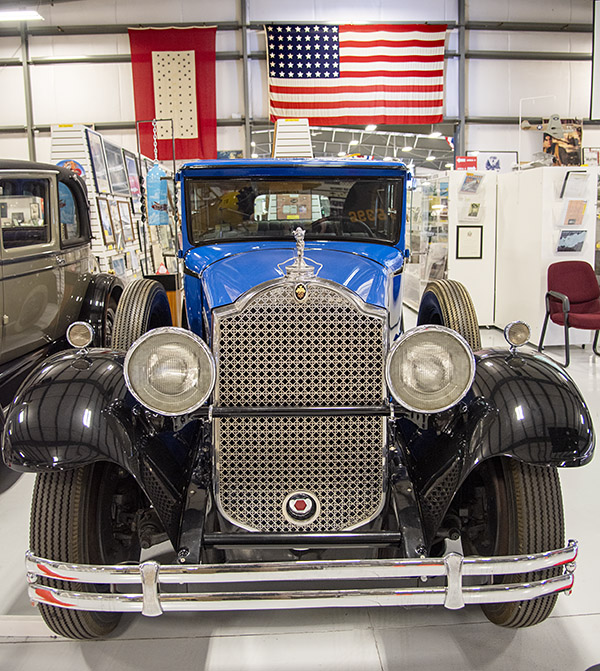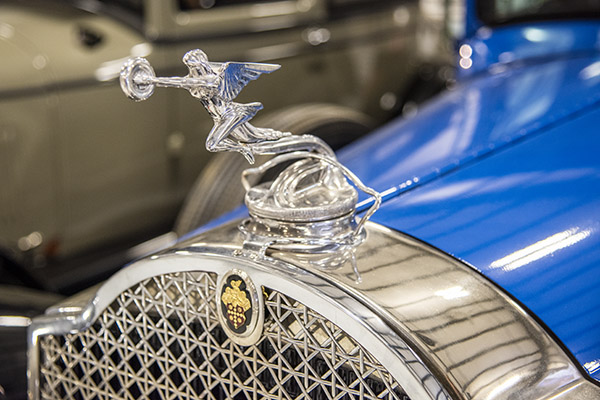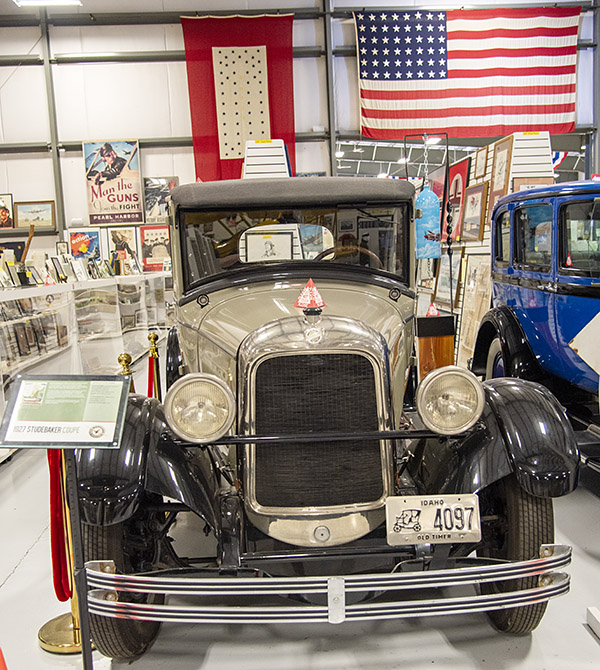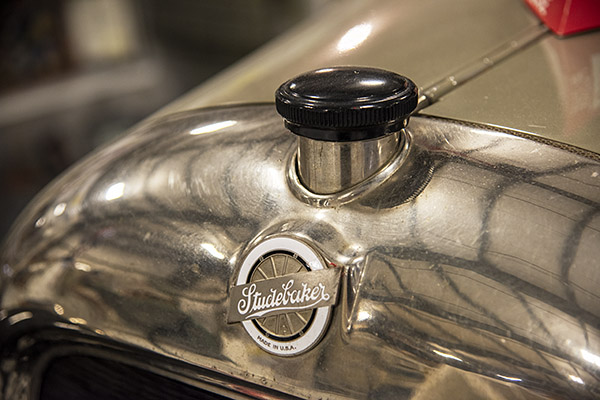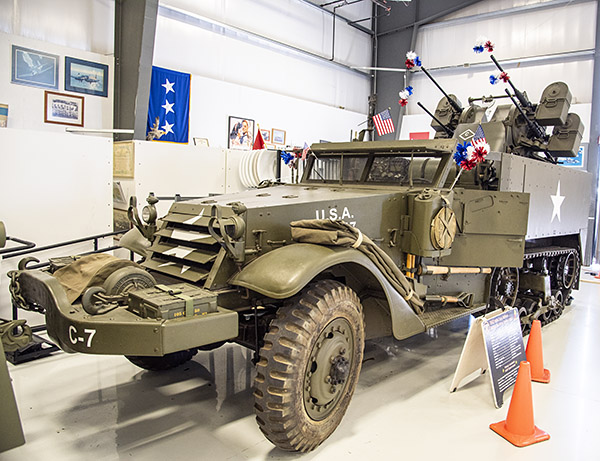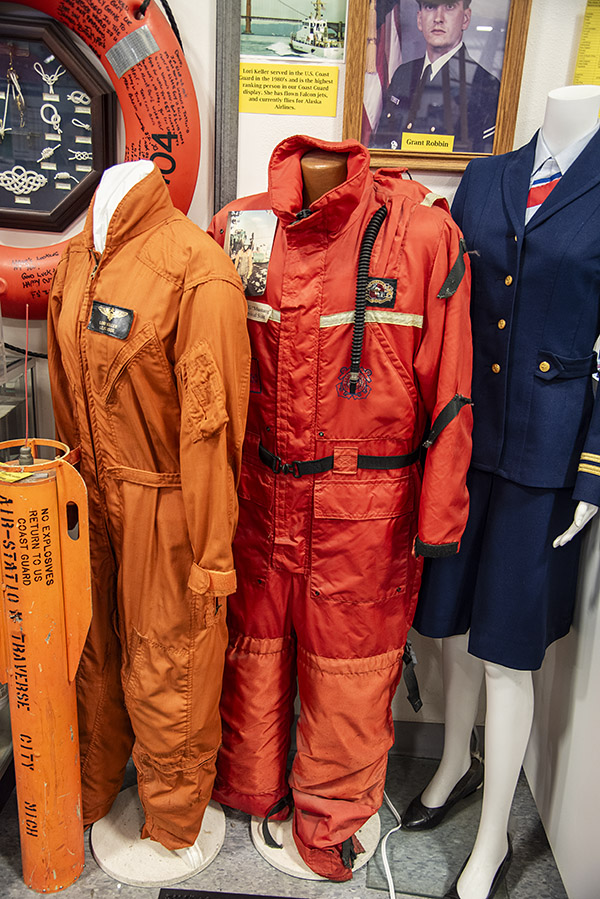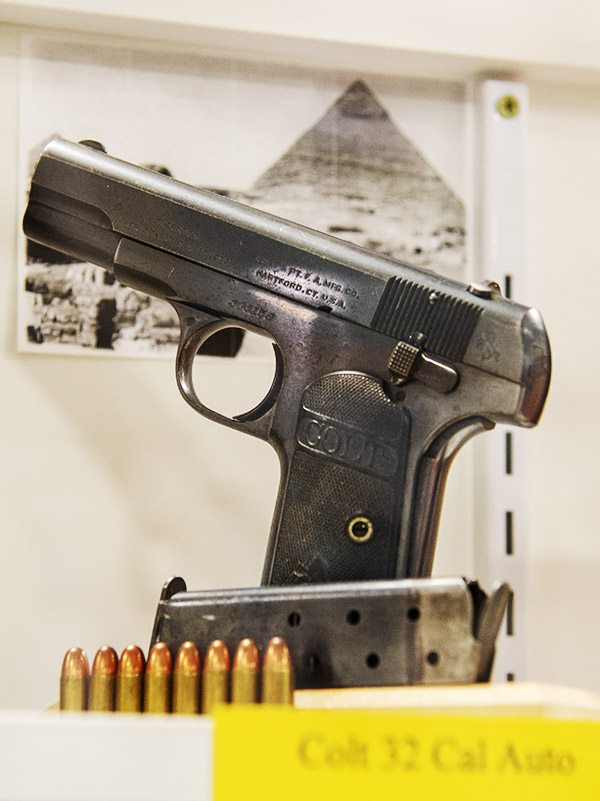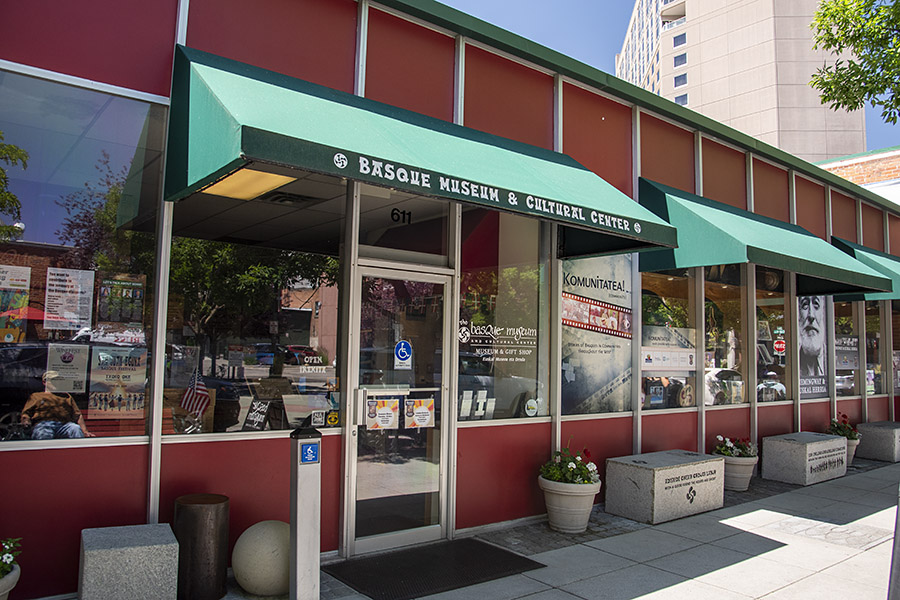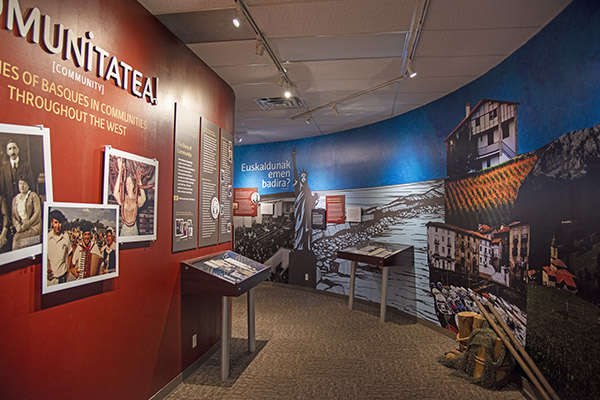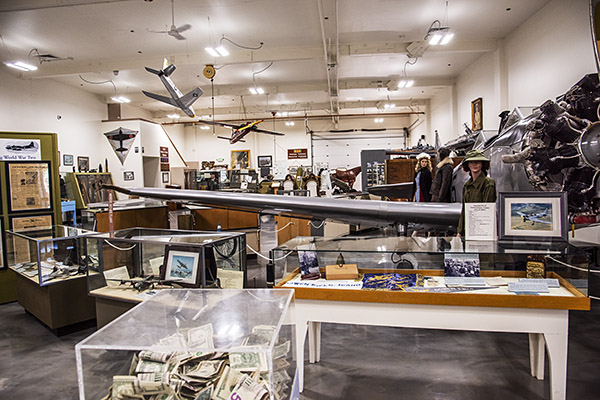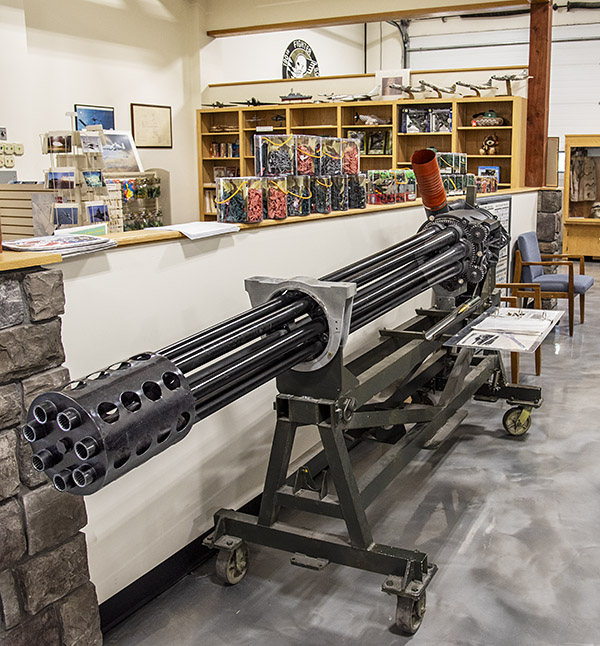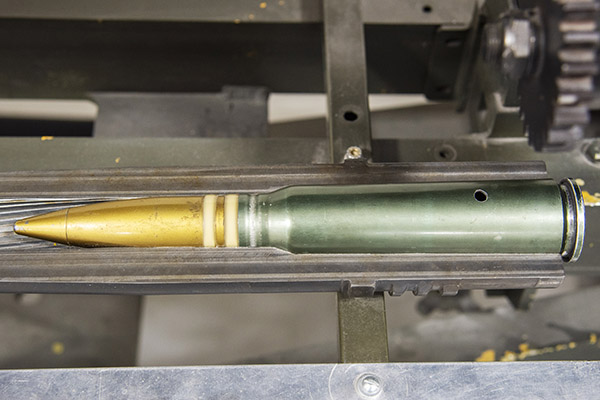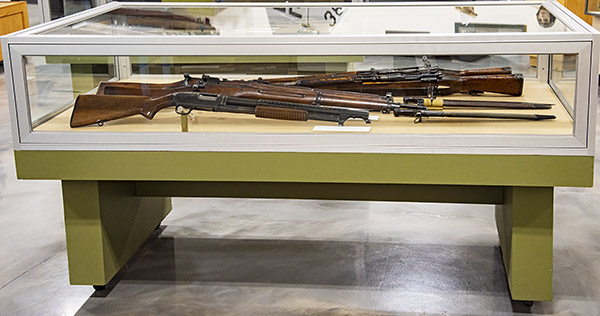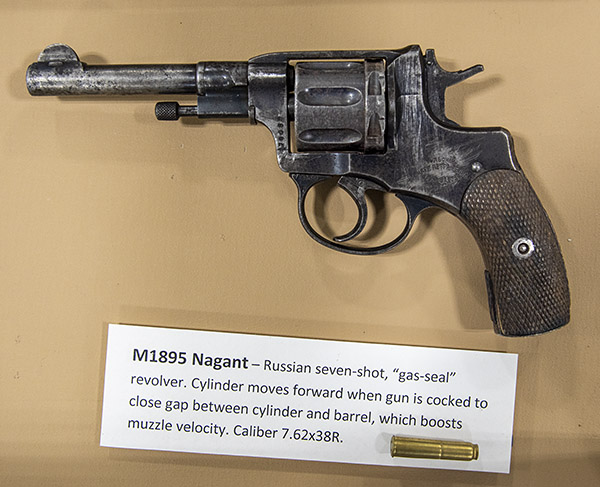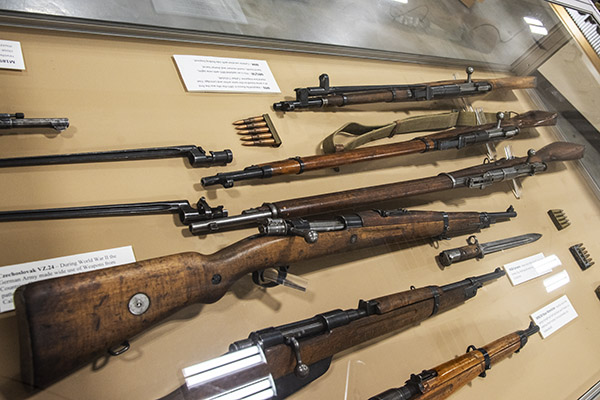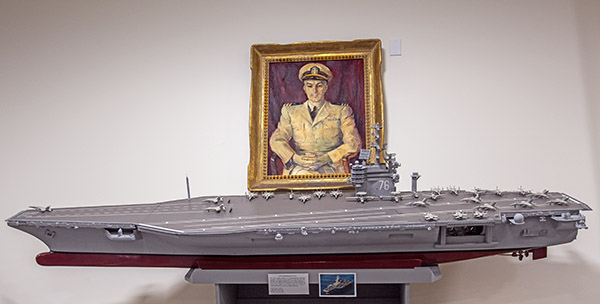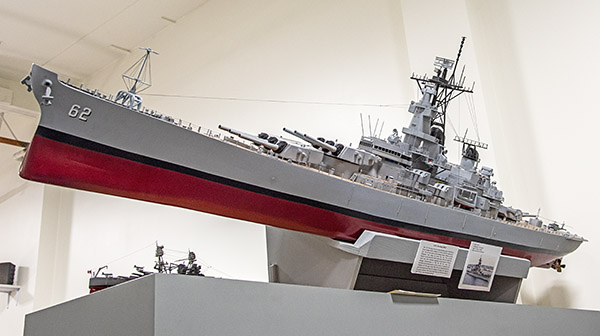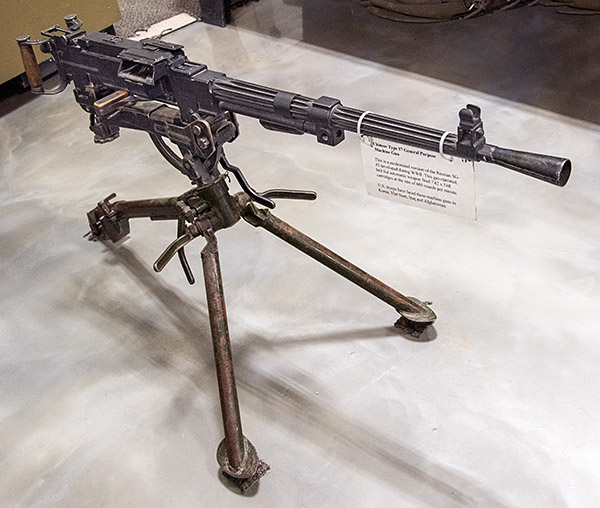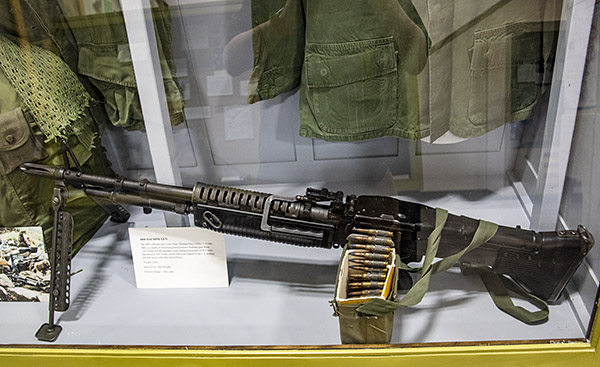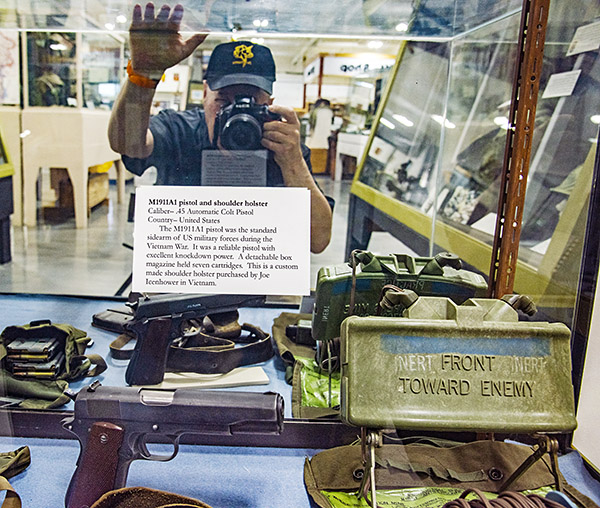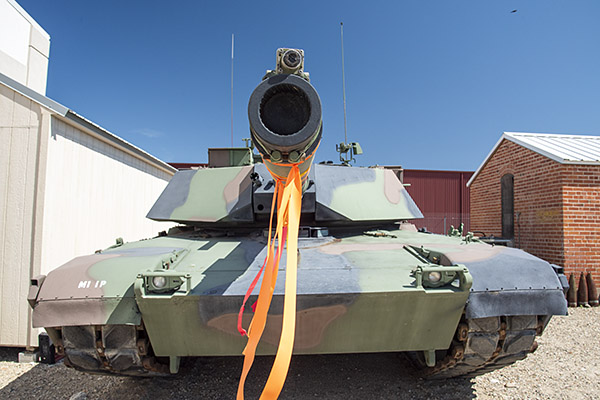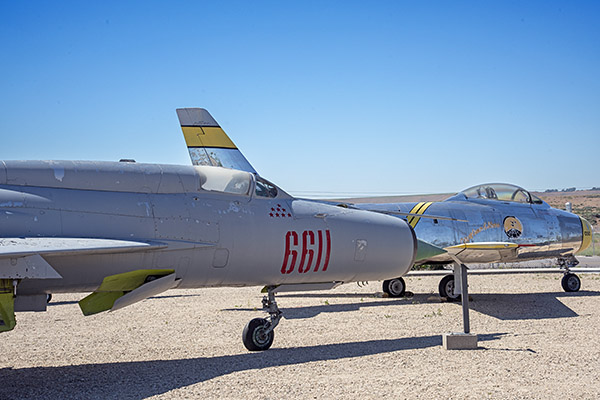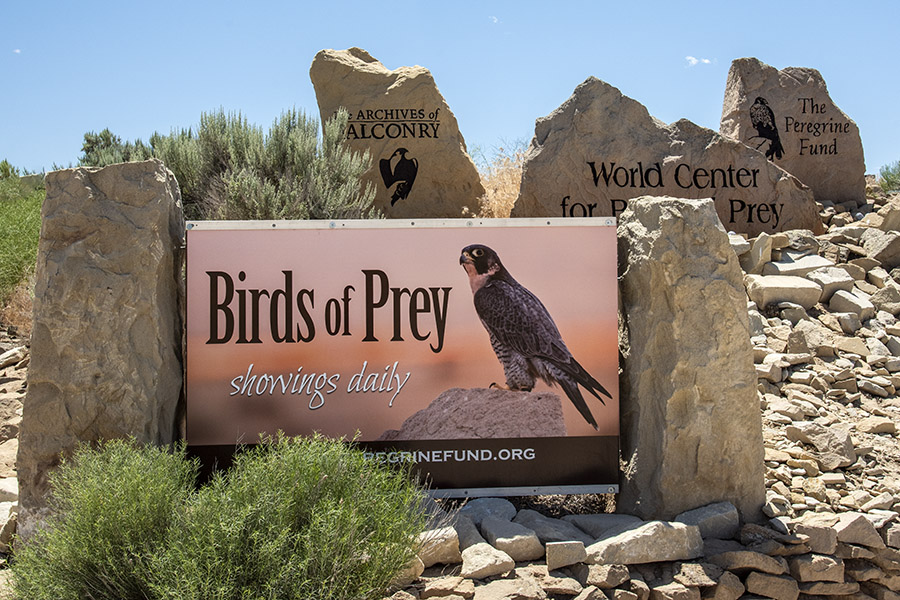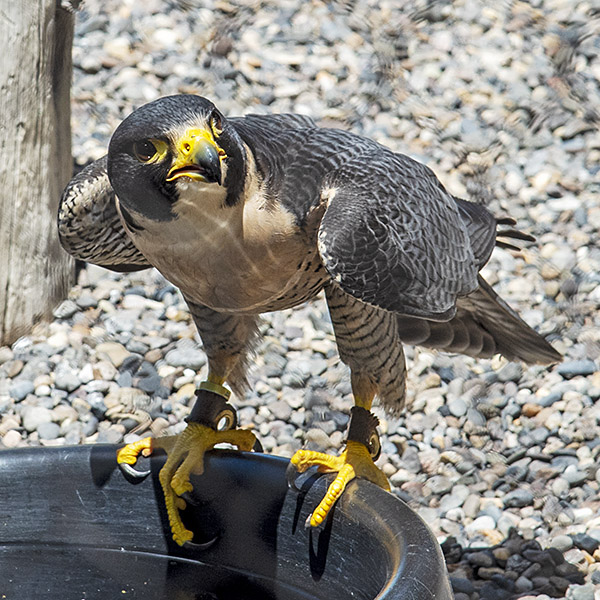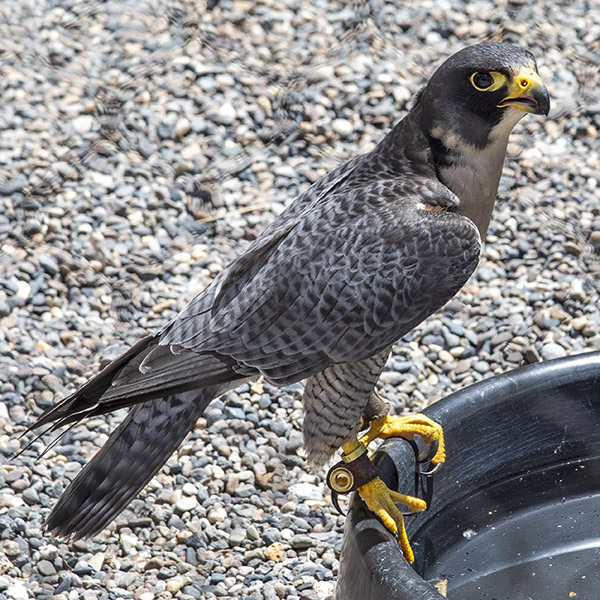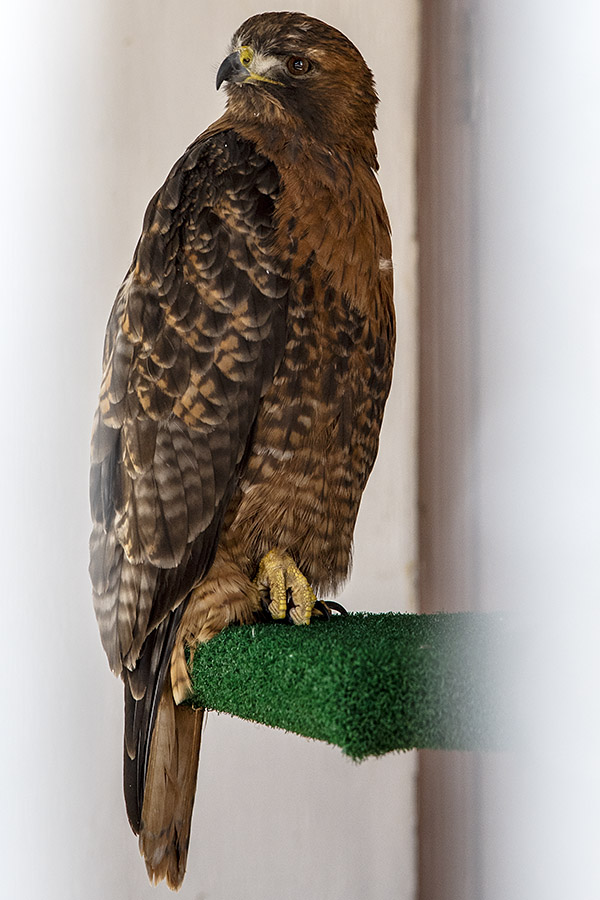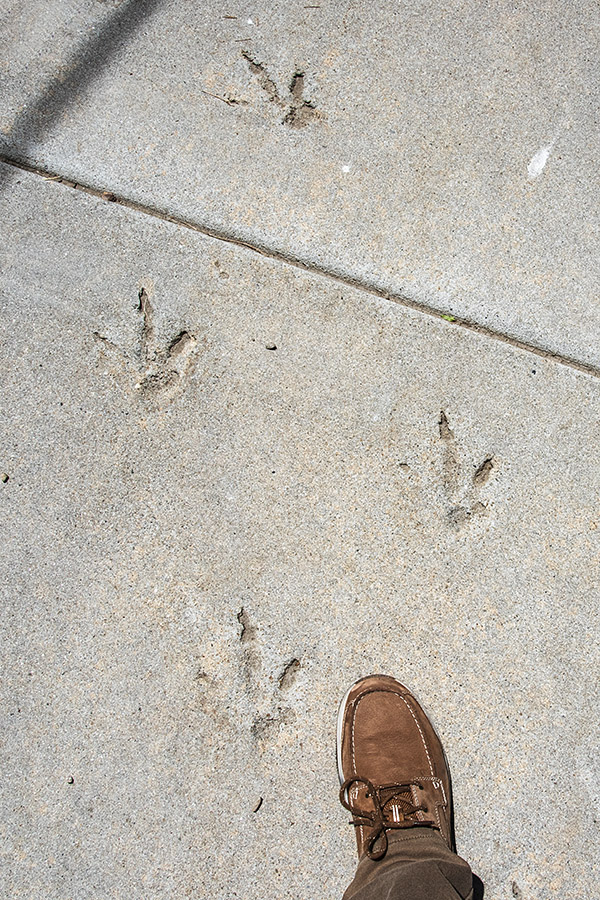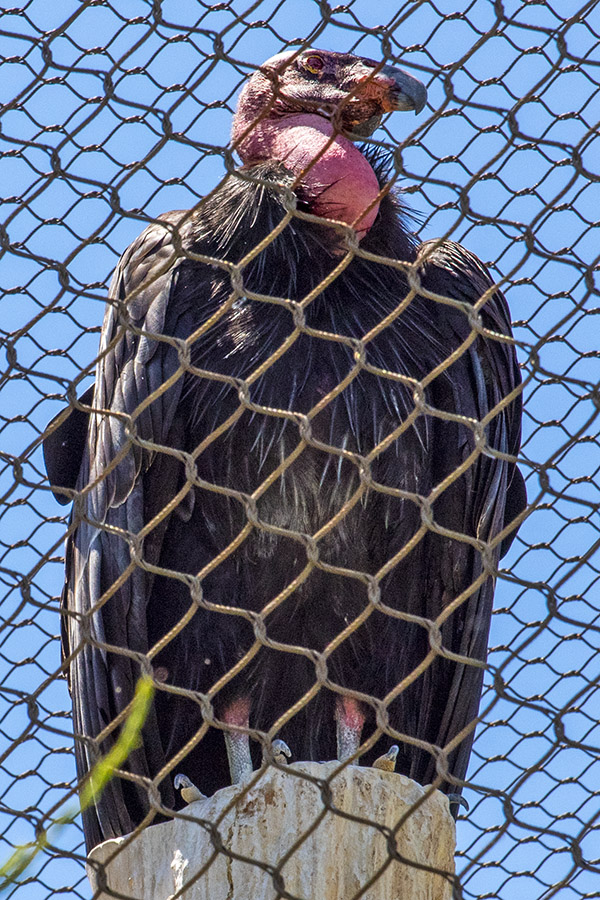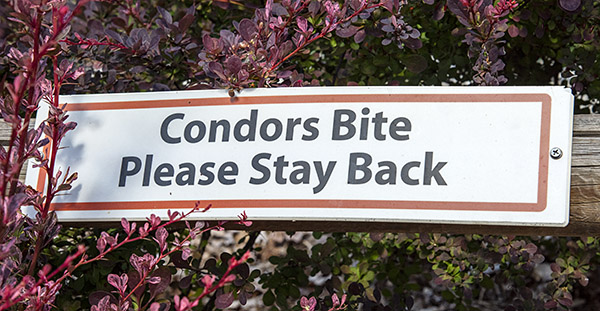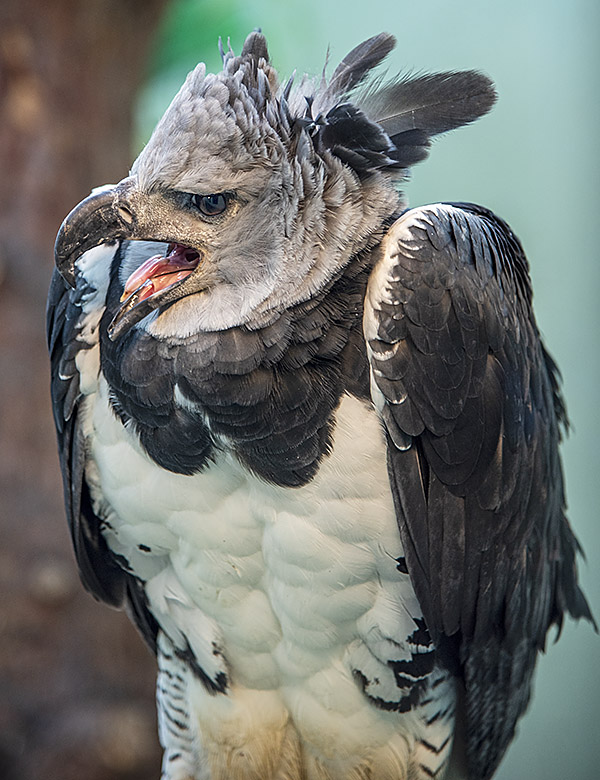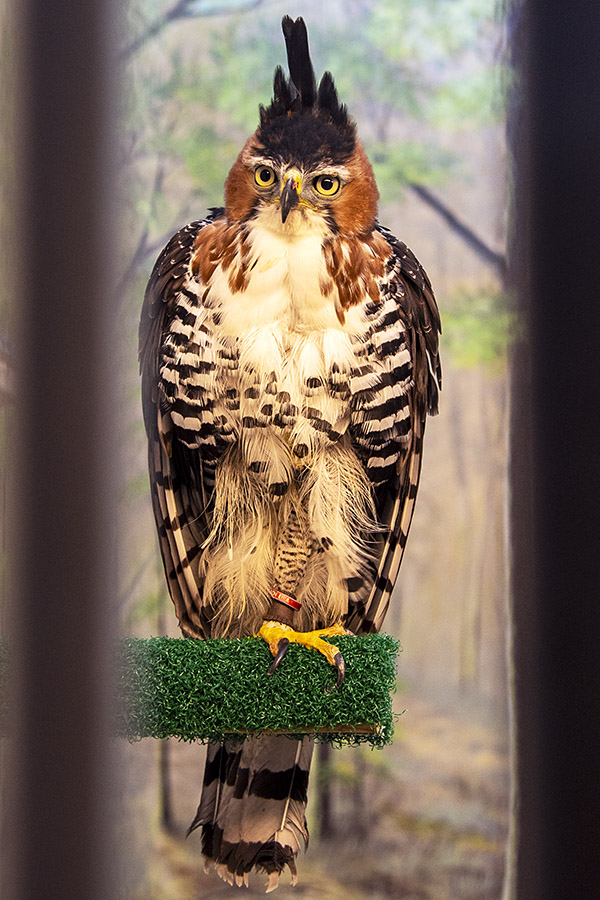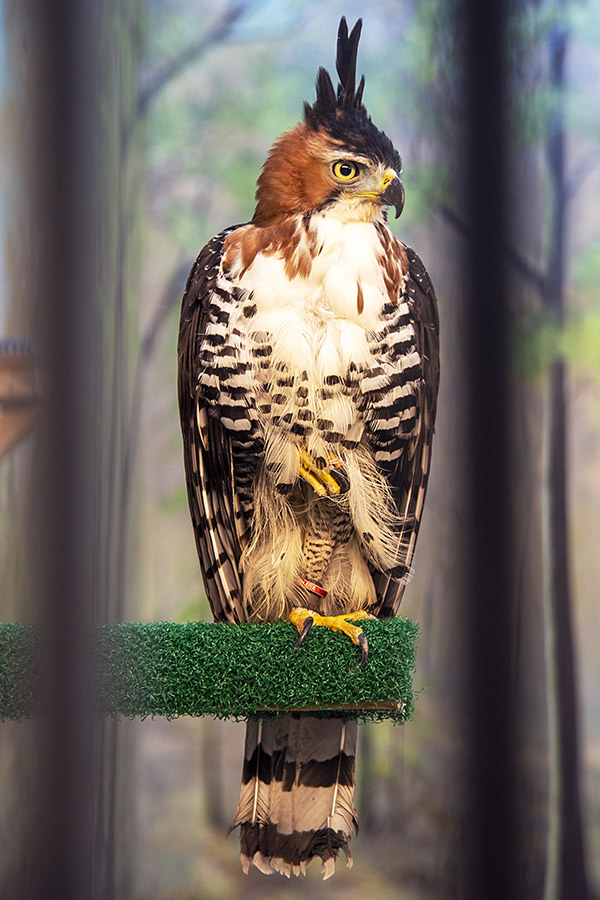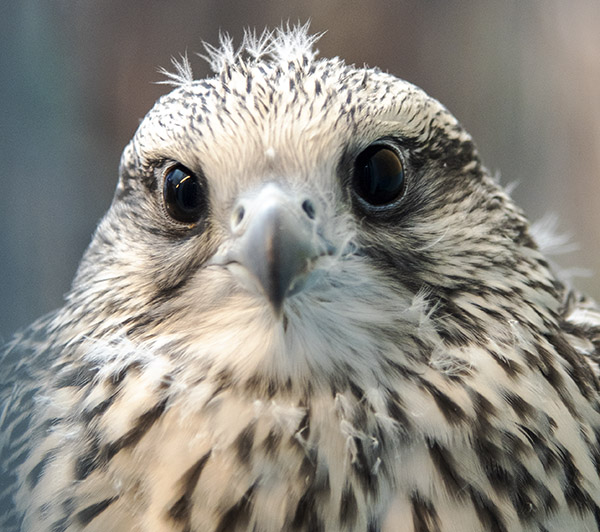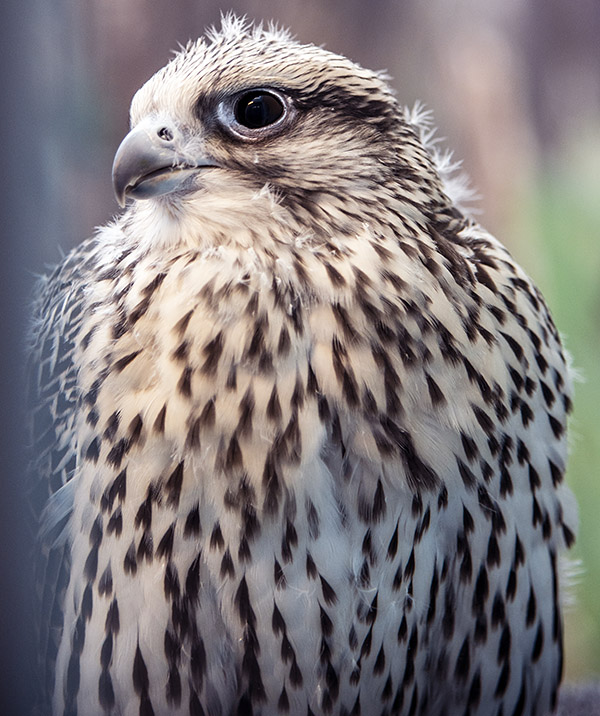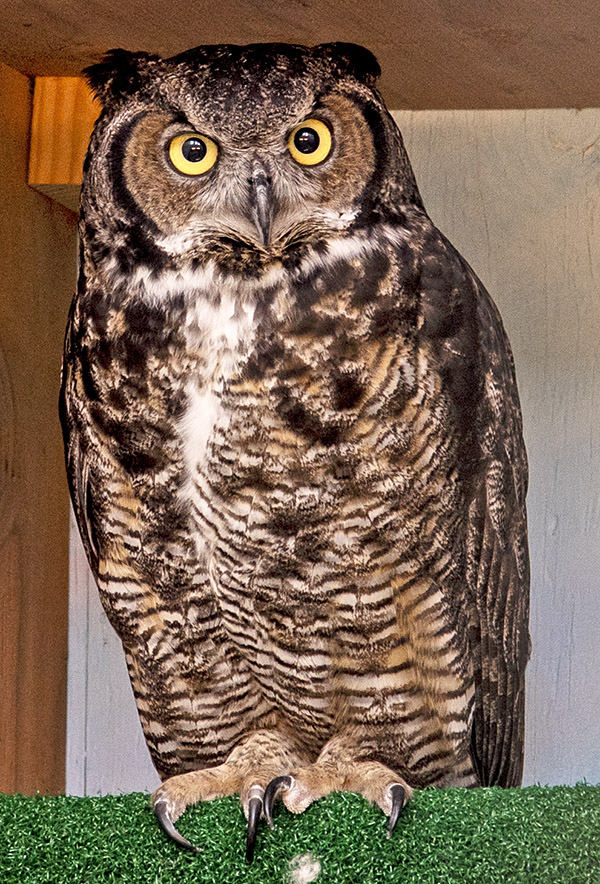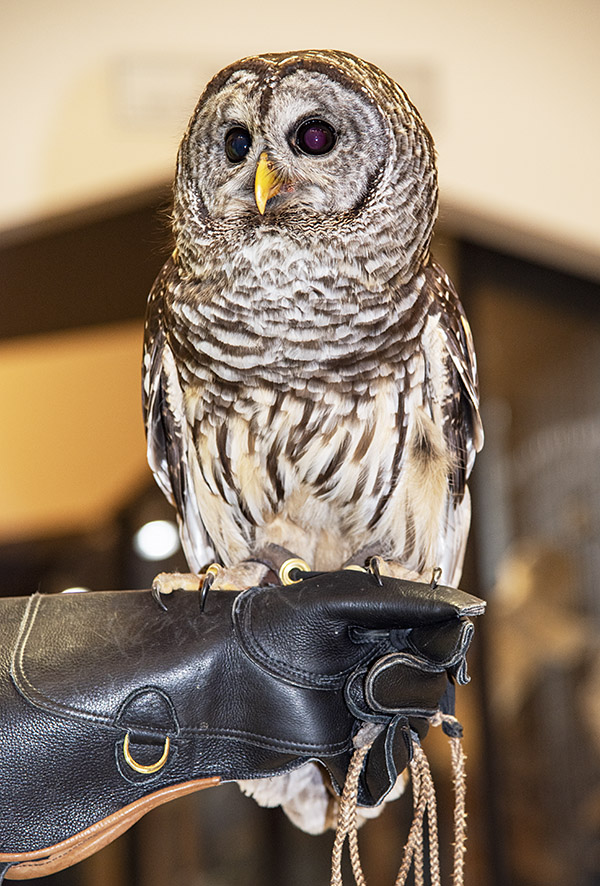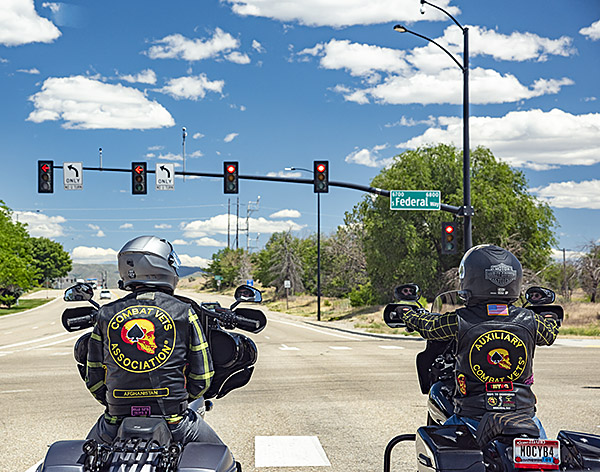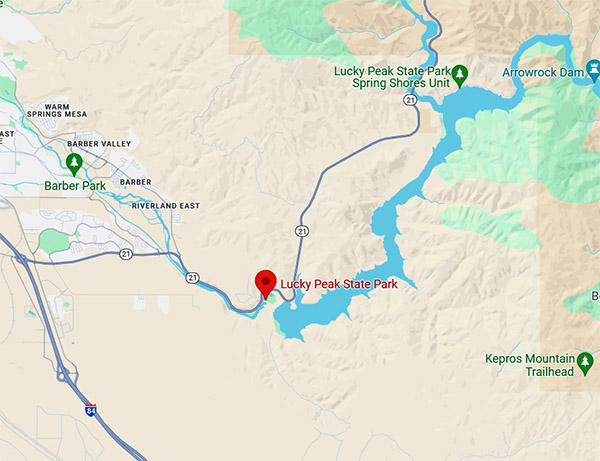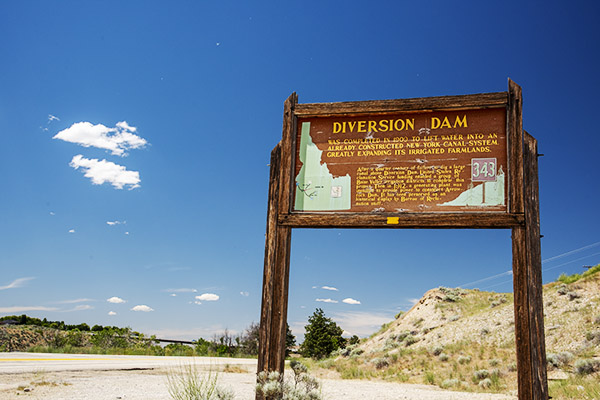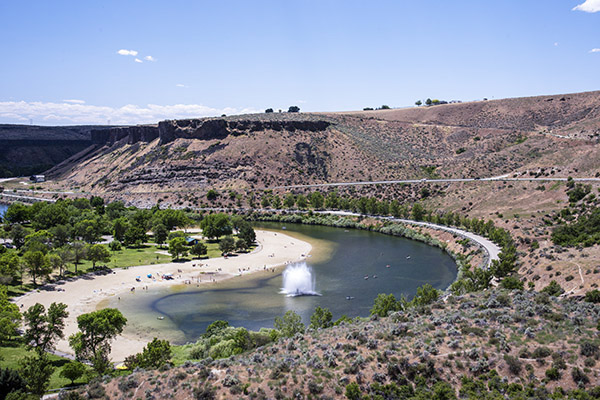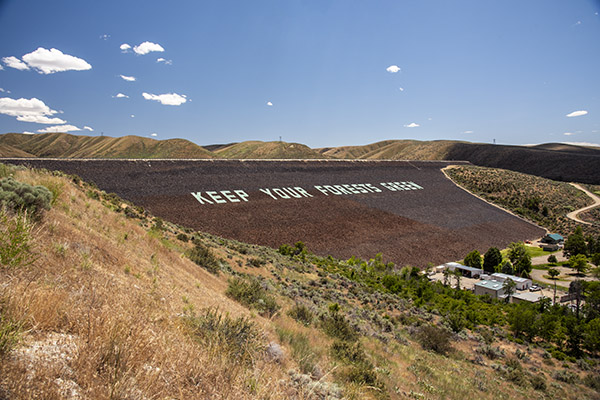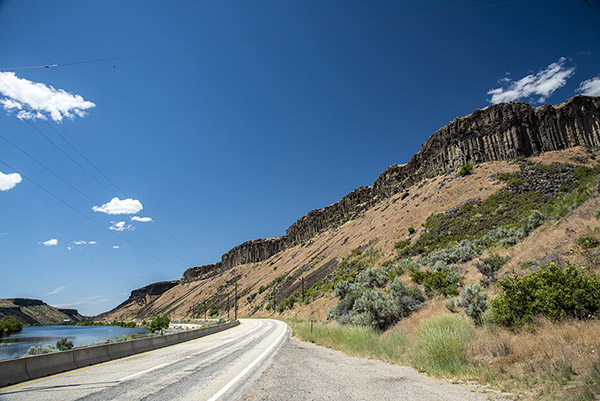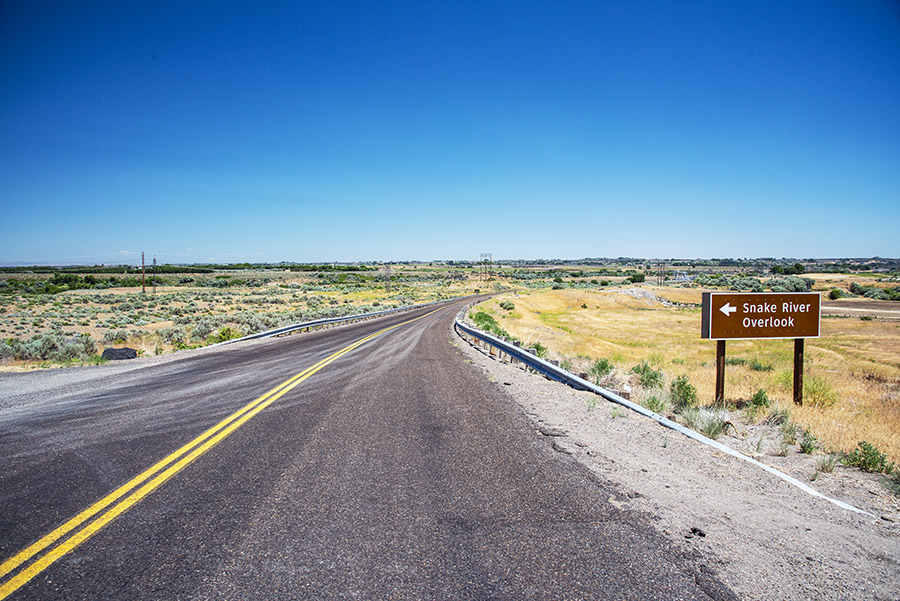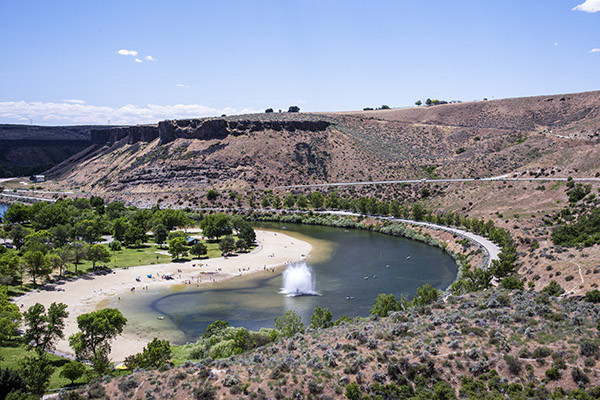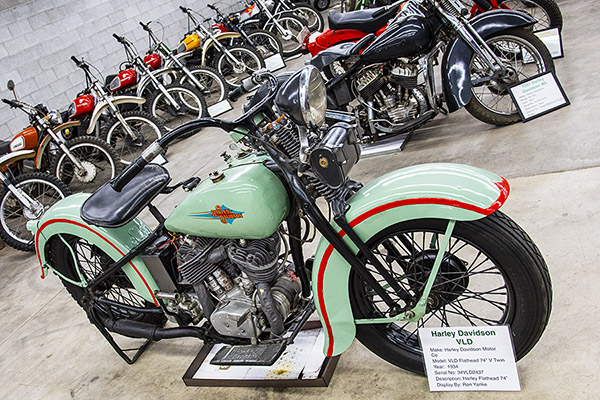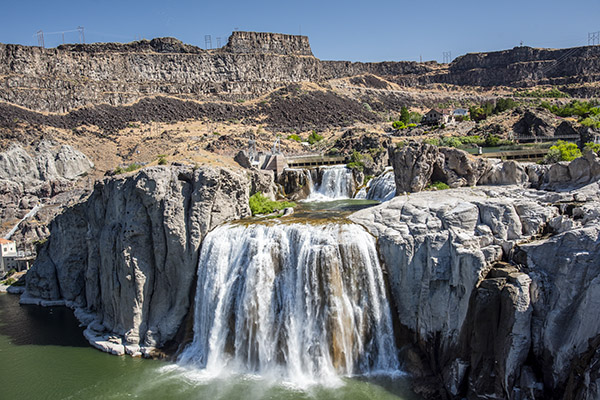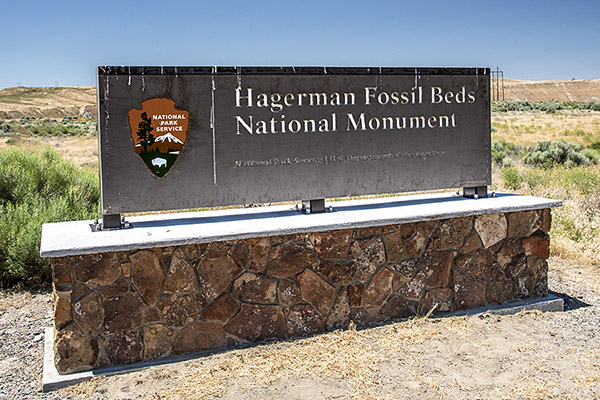By Joe Berk
I grew up up in the Evel Knievel era. It was a glorious time, the 1960s, and if you were a motorcycle freak (as I was and still am), there was no way you could not have heard of Evel Knievel, a man who jumped cars and buses (and ultimately, the Snake River Canyon) on a motorcycle. He was one hell of a showman.
In the summer of 1966 I was a skinny little 15-year-old kid, my Dad owned a new Triumph Bonneville, and I was in hog heaven for that reason. Then and now, there was and is nothing cooler than a Triumph Bonneville. We were going to the motorcycle races. A big night out in those days was the East Windsor Speedway, a half-mile dirt track oval where they raced everything. Stock cars, two-strokes, and the big bikes. Not just locals, either. Harley’s Bart Markel (National No. 1), Triumph’s Gary Nixon (National No. 9), and more. It was the 4th of July weekend and it was 58 years ago. I remember it like it was last week.

East Windsor Speedway put on quite a show. Dad and I rode there on the Bonneville. I fancied myself a motorcycle guy and it just didn’t get any better than the half-mile dirt oval at East Windsor. The fun started right in the parking lot with hundreds of fans’ motorcycles. Fins and twins (everything was an air-cooled twin in those days), carbs, chrome, custom paint, custom seats, and more. It was all England and America and a little bit of Japan: Triumph, BSA, Honda, Harley, Suzuki, Yamaha…you get the idea. Italy and Ducati were yet to be discovered, only weirdos rode BMWs (remember those strange sideways kick starters?), and weirdos definitely didn’t go to the races. A new Bonneville was $1320 and a Honda Super Hawk (electric start, no less) was only about $600. It all seemed so attainable.
The East Windsor Speedway is long gone now, shut down by noise complaints from the encroaching ‘burbs and then plowed over for more cookie cutter homes. It’s a pity, really.
East Windsor always put on quite a show, but that 4th of July evening was a six sigma outlier on the right side of the bell curve. Stock car racing was first, then the 250cc class (love that smell!), then the big boys (including Nixon and Markel), then the main event (Evel Knievel!)…and it was all washed down with a 4th of July fireworks display that was as good as I had ever seen. That warm New Jersey night out started before the sun went down and finished around midnight. I think the cost to get in was something like $2.50.
Evel Knievel was the highlight for me and I think for everyone else, too. Evel was just starting to get famous, and here he was in person. White leathers and a cape trimmed in red and blue on the 4th of July. (Gresh and I always wanted capes, but we had to wait 50 years and go to China to get ours.) A Harley V-twin, with monstrous ramps set up on the infield (one for liftoff and one for landing), with a couple of Greyhounds in between (buses, that is…not the dogs).
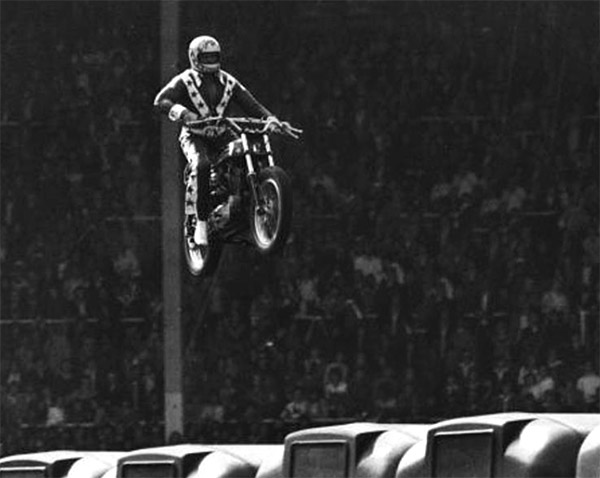
The crowd fell silent as Evel revved the 750 Harley and then accelerated. But it wasn’t up the ramp. Nope, Evel (ever the showman) accelerated alongside the ramps and the buses when we all expected him to jump. Faked us out, he did. Then he looped around to start again. Ah, I get it, we all thought. That was just to gage his acceleration before hitting the ramps for real. The anticipation built. Thousands held their breath as Evel accelerated again, but he faked us out with another run alongside the ramps. Okay, all part of the show. A third time….maybe this would be it…but no, it was yet another tease. Back to the start point, more revving, and by now we were wise to the ways of Evel. We all thought it would be another feint. But nope, this was the real deal…up the ramp rapidly and suddenly there he was: Airborne Evel, sailing up and over the buses, suspended high in the evening air, and then back down on the landing ramp. He hit the brakes hard, struggling to stop before running out of room, the Harley’s rear end sashaying around like an exotic dancer in a room full of big tippers. The crowd went nuts. A seismic cheer drowned out the mighty Milwaukee sound machine. We had seen Evel, the man and the motorcycle, airborne and in person, flying over the buses that would have you leave the driving to them. It was awesome.
It all happened 58 years ago. Evel, my Dad, and the East Windsor Speedway have gone on to their reward and I’m officially a geezer drawing Social Security. But that evening will live in my memory forever, which sort of brings us to the present. Sue and I were on a content safari in Idaho (you’ve seen several blogs from that trip, and I still have a few to go). When we visited Twin Falls, we were on the edge of the Snake River Canyon. That name stuck in my mind because it was where Evel went when the US Government said “no dice” when he asked for permission to jump the Grand Canyon.
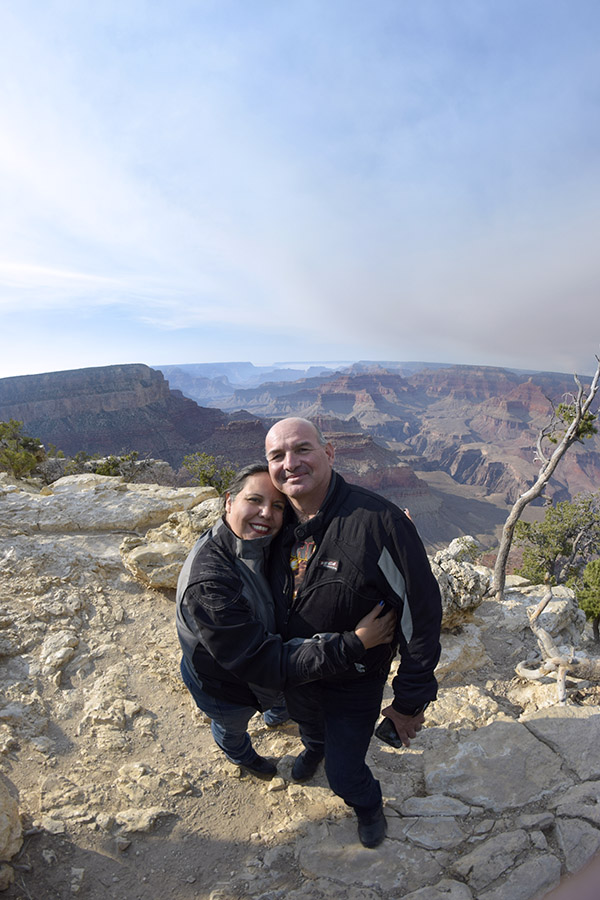
The entire concept was preposterous on so many levels I can’t list them. But that was Evel Knievel. Before he did it, the idea of jumping over a car was preposterous, as was the idea of jumping over several cars, as was the idea of jumping over a bus, as was the idea of jumping over several buses, and…well, you get the idea. Evel had bumped up against the limits of preposterousness, and that’s when he floated the Grand Canyon idea. The Feds nixed that, but Evel wasn’t a man stopped by obstacles. He went for the next best thing, and that was the Snake River Canyon. It’s over a mile wide, and it’s a big drop to the bottom.
To get back to Idaho connection and this story, I looked on the map to see if it denoted where Evel did his thing and to my surprise, it did. And it wasn’t very far from Shoshone Falls. Sue and I did our thing at Shoshone Falls and as soon as we were back in the car, I plugged in “Evel Knievel Snake River Canyon Jump.” Waze didn’t know from Evel Knievel, but the regular iPhone mapping app did. We were only a few miles away, we were off to the races (so to speak).
On the way in, as we approached the road’s end (it ended at the Snake River Canyon), we saw no signs initially marking the spot where Evel made history. We did see a lot of tract homes, and a sign selling more.
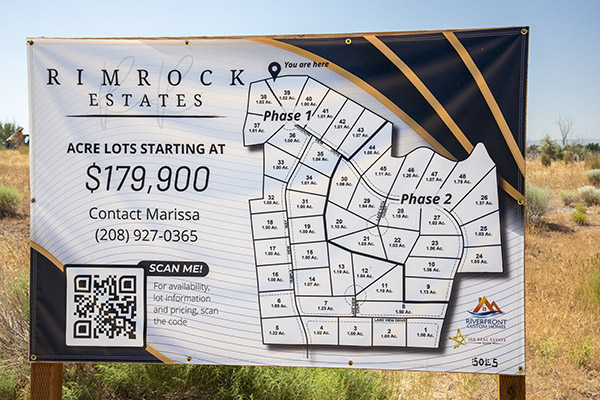
As we reached the end of the road, the Canyon came into view, as did the ramp you see in the photo at the top of this blog. Whoa! Can it be?
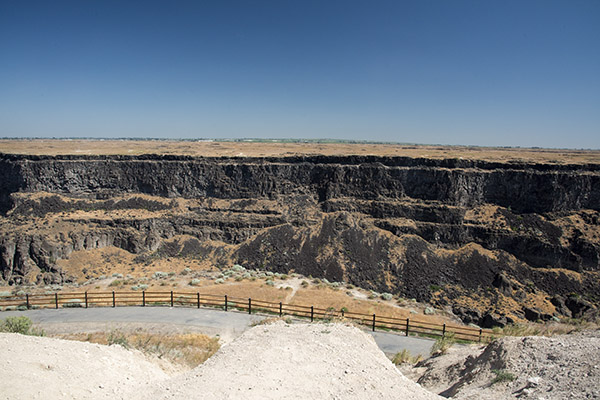
It was. On the other side of that dirt ramp, we saw our first indication that we were where we wanted to be. It was a good summary of Evel and the attempted jump that occurred decades ago.
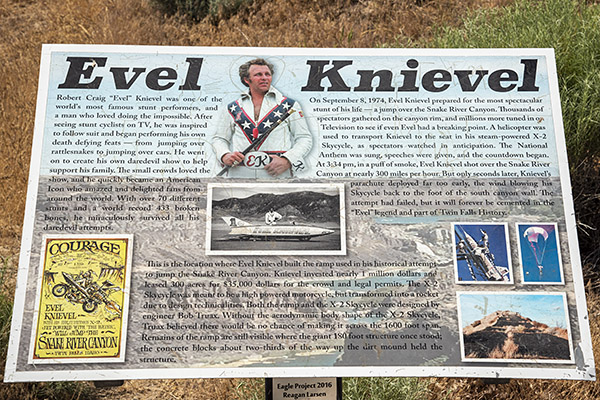
The deal on the Evel Knievel Snake River Canyon jump is this: Evel didn’t attempt it on a regular or even a modified motorcycle. He instead used a steam rocket-propelled aircraft of sorts that was mounted on a launch ramp. The dirt ramp you see in the photo at the top of this blog was not one that you would attempt to roll up and hit at high speed with a motorcycle to become airborne. The idea instead was that the rocket ship would launch off a launch rail, carry Evel across the Snake River canyon, and then Evel would deploy a parachute and he (and the rocket ship) would float back to Earth on the other side. That was the theory.
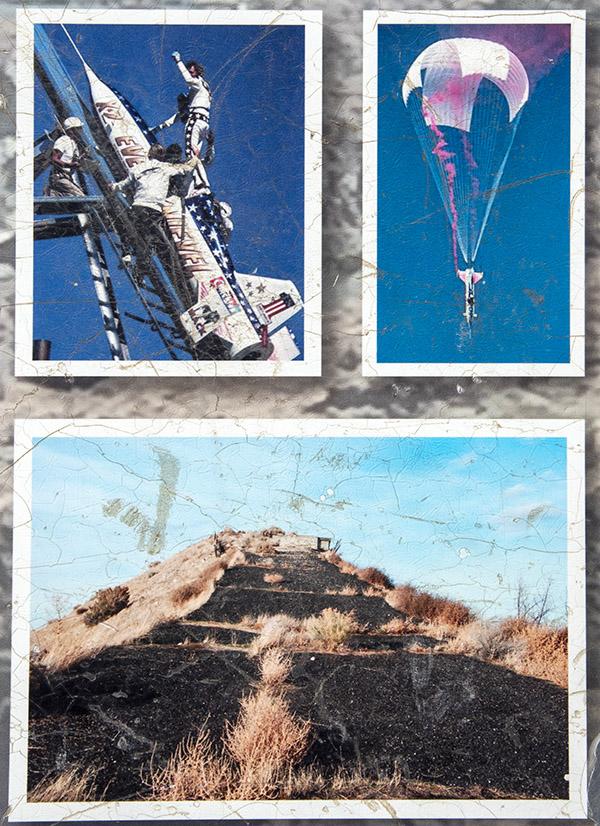
It didn’t work out that way, though. Evel and his rocket ship made it about halfway across the Snake River, the parachute deployed inadvertently and prematurely, and man and machine descended into the canyon and onto the Snake River’s banks. Miraculously, Evel walked away, never to attempt a canyon (any canyon) jump again.
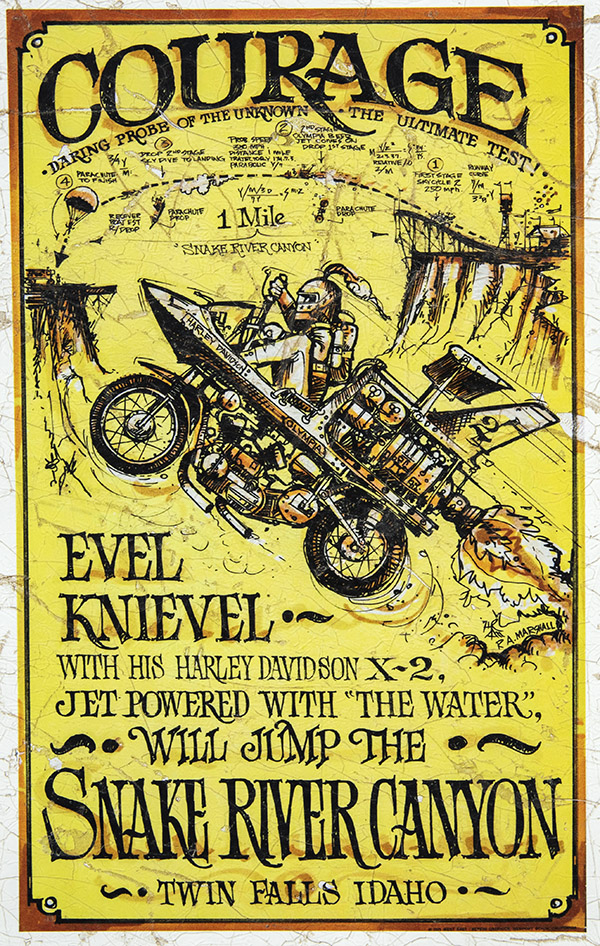
We climbed to the top of the ramp and gazed across the Snake River Canyon. I wondered: Will we ever see another man like Evel Knievel? I think it’s less likely, given our predilection with biological males competing in women’s sports, our insistence on listing our pronouns (you can just refer to me as “hey, you”), and everything else our society has degenerated into. But that borders on being political, and as you know, we don’t do that. That said, though, I think it’s a safe bet that Evel never worried about anyone using his preferred pronouns.
After our climb down, we wandered around the area a bit. Other than that sign above (which isn’t visible until you walked to the other side of the ramp) and a marker on the trail fence, you’d never know this was an historic spot.
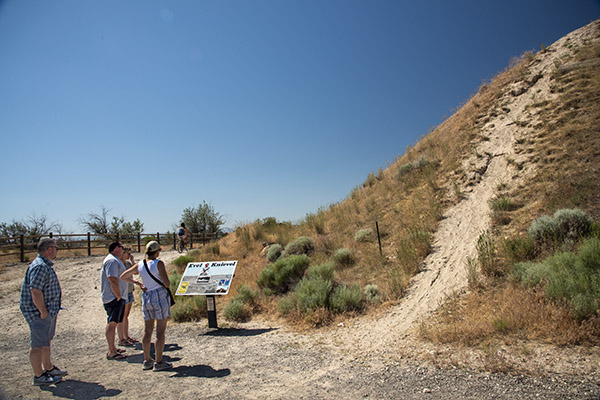
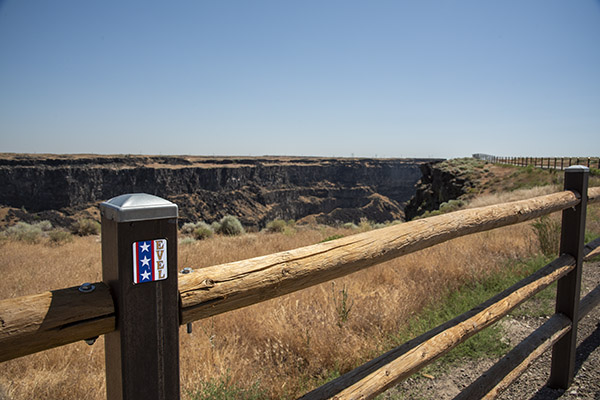
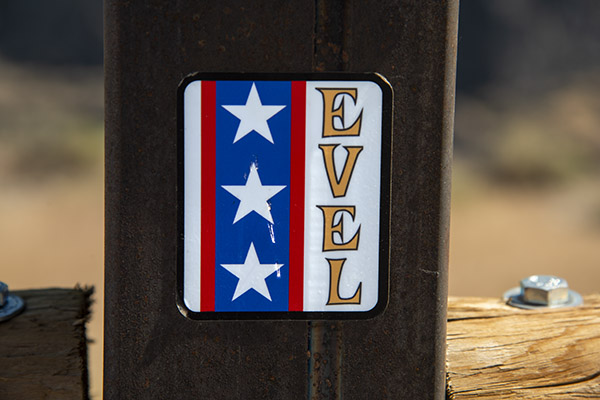
We had a marvelous trip through Idaho, and like I said above, I still have another two or three blogs to wrap up our Idaho expedition. I’ll tell you before I get there, though, that visiting this obscure (and rapidly fading into further obscurity) spot was the highlight of the trip for me.
Never miss an ExNotes blog:

